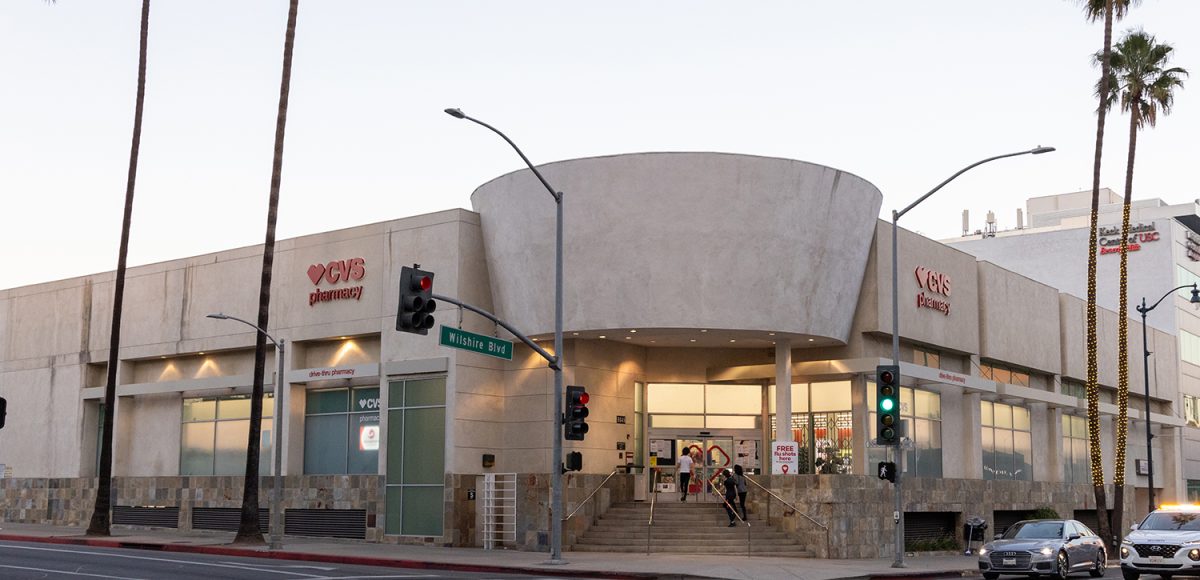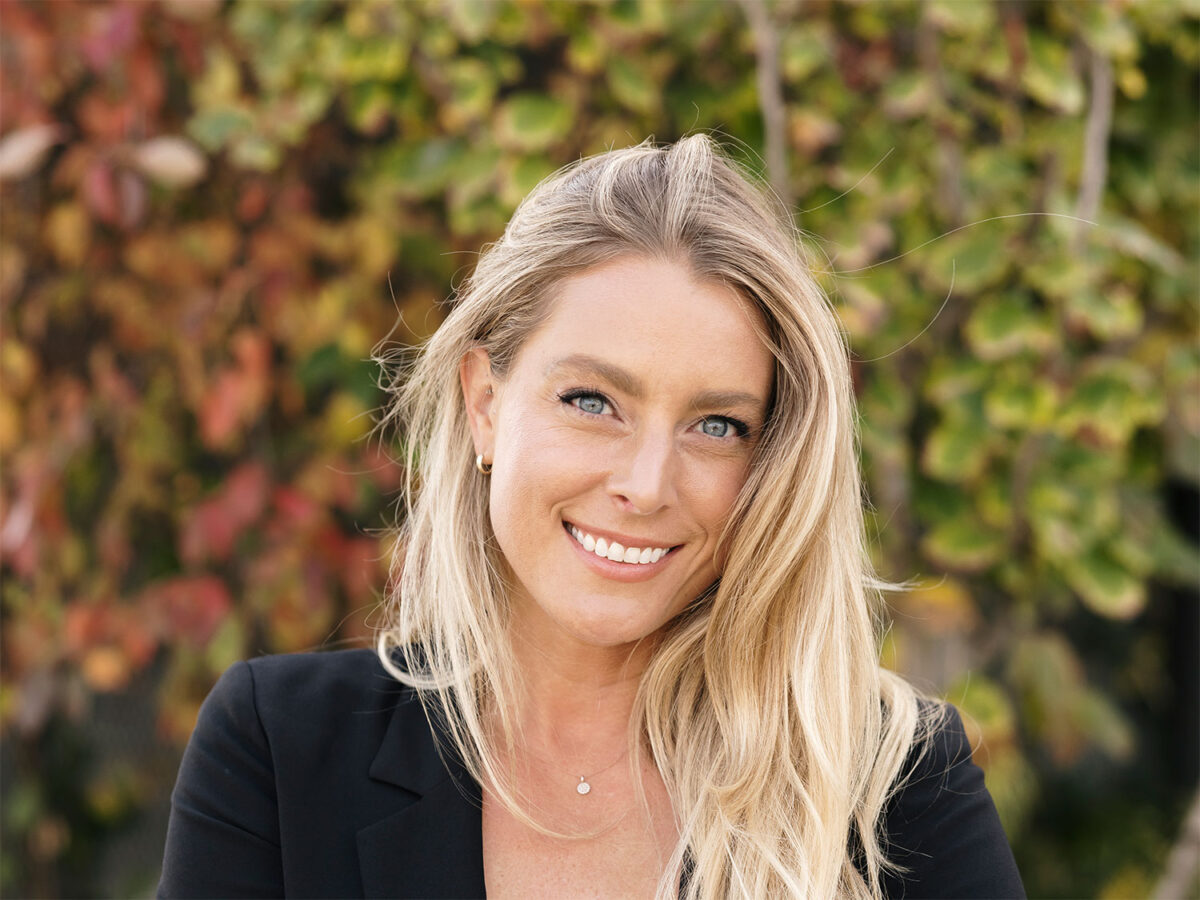As the United States marks the grim milestone of 400,000 deaths from COVID-19–once a worst case scenario–California and Los Angeles County struggle with rolling out the best tool against the pathogen. But even as wait times mushroom and phone lines buckle under traffic, the city and community of Beverly Hills have started to come together to put an end to the worst public health crisis of the last 100 years. The City of Beverly Hills has made an effort to communicate with residents through multiple channels in the hopes of demystifying the process. Meanwhile, pharmacies in Beverly Hills are also preparing to play a key role in distributing the vaccine to the community.
“As the county evolves, we’re trying to keep up with it, keeping the communication current with the community and letting people know,” said city spokesperson Keith Sterling. In particular, he cited two mass robocalls the city has made in the last week. “We typically don’t do mass robocalls unless it’s a significant event, but we felt that this was an appropriate use of the system to notify the community immediately that this option of 65 and older was now in play and that they could sign up online.”
Sterling also pointed to the city’s coronavirus information hub, www.beverlyhills.org/coronavirus, for updates and a direct link to the county site where applicable residents can sign up for the vaccine.
Currently, three groups of residents are eligible for the vaccine, including: healthcare workers who have direct or indirect contact with patients or infectious materials; staff and residents at long-term care facilities; and people 65 years or older.
“We have a large senior community in Beverly Hills. That’s why we felt it was imperative to get this message out yesterday to the community to let them know that this was now available with an option,” Sterling said.
The county’s system of phases and tiers seems to have caused some confusion for residents. Sterling says one of the most common questions the city has heard from residents is, “When can I get vaccinated?” The rollout is broken down into two phases, which, in turn, are subdivided by tiers and letters. For instance, the first tier of Phase 1A, the first groups to receive the vaccine, includes healthcare workers with the closest proximity to COVID-19 patients and residents at long-term care facilities. Tiers two and three expand access to more classes of healthcare workers.
The county moved on to the first tier of Phase 1B on Jan. 20, giving those 65 years or older access to the vaccine. Remaining in that tier is high-risk workers in education and childcare, emergency services, and food and agriculture. The county estimates that the rest of tier one will begin vaccination in early February. Phase 1B tier two expands the circle to other high-risk industries, including transportation and logistics, homeless shelters and services, critical manufacturing, incarcerated individuals, and unhoused people. The county expects vaccinations to start in tier two by late March.
Phase 1C, expected to begin in March, opens the vaccine up to those 50 to 64 years old and 16 to 49-year-olds with underlying health conditions or disabilities. Additionally, high risk workers in the following industries will have access: water and wastewater, defense, energy, chemical or hazardous materials, communications and IT, financial services, government operations or community-based essential functions. This phase has only one tier and the county anticipates that everyone in 1C will have been offered at least one dose by late April or early May.
Furthest out and most tentatively, with Phase 2, the county hopes to give everyone above 16 years access to the vaccine by mid-May or early June.
“The other thing we’re really hearing today [Jan. 20], in particular, is the frustration with the county’s website, being able to find an appointment, calling their information line, not talking to a live person. I think it’s fair to say that the county is overwhelmed with requests, and the demand is extremely, extremely high for appointments and vaccines,” Sterling said. “We’re just communicating to our residents to be patient. We’re continuing to communicate with the county on a regular basis, to express our concern about the delays and to make sure that the resources that our community needs are available as soon as possible.”
The county COVID-19 website currently warns of massive wait times for signing up for appointments. “The Los Angeles County COVID-19 vaccination call center is experiencing a surge of thousands of callers seeking to schedule vaccination appointments, causing wait times as long as several hours,” it reads. The site promises that the county is increasing staffing at call centers, but encourages residents with computer access to visit online. “The call center should be used only by residents with disabilities or who do not have computer access and need assistance to check for available appointments.”
County Department of Public Health (Public Health) Director Barbara Ferrer warned that the combination of high interest and low stock would result in longer than desired waits. Add to that, every shipment of vaccine would need to be split to save units for second doses. “Of the vaccination doses that we received for this upcoming week, 73 percent of our allocation will need to be used for second doses. The little bit that remains, along with any vaccine that wasn’t used the previous week, is what is available for us to use for appointments for those eligible to receive first doses. We just are not receiving enough vaccine doses to move as quickly as we would like,” she said.
As it stands now, Beverly Hills residents must seek outside the city for the vaccine, according to Emergency Management Analyst Meena Janmohammed. The county brought five additional vaccination “mega sites” online Jan. 20, “in addition to a variety of smaller health care providers sites throughout the county,” she told the Courier.
But Beverly Hills and its businesses stand ready to play a larger role in the process. The city has made clear to the county that it would transform Roxbury Park into a vaccine distribution center. The county has yet to seize on the offer, though. “Right now, the county is really moving towards bringing these mega sites online. We’re not really seeing these smaller city sites come online at this time, but we are ready, able, and willing to bring that site on if Public Health does have us as a partner in that effort.”
Along with Roxbury Park, many of Beverly Hills’ pharmacies have signed up to participate in the inoculations. “Seventeen out of 22 of our local pharmacies have applied to be vaccine distribution sites in the city,” Janmohammed said, though none have received approval yet. “There are a variety of qualifications which your pharmacy must be able to meet, including logistics, storage, training, [and] staffing.”
Janmohammed pointed to one bright glimmer of hope: a new administration that has indicated it will take a more proactive role in vaccine distribution. “We do anticipate more resources, whether that’s more vaccine, more support on the ground, more information about this rollout,” she said about the recently inaugurated Biden Administration. “I think that this new administration will likely have additional resources to bring to the table and that will have a trickle-down effect to the States, the counties and the cities.”







